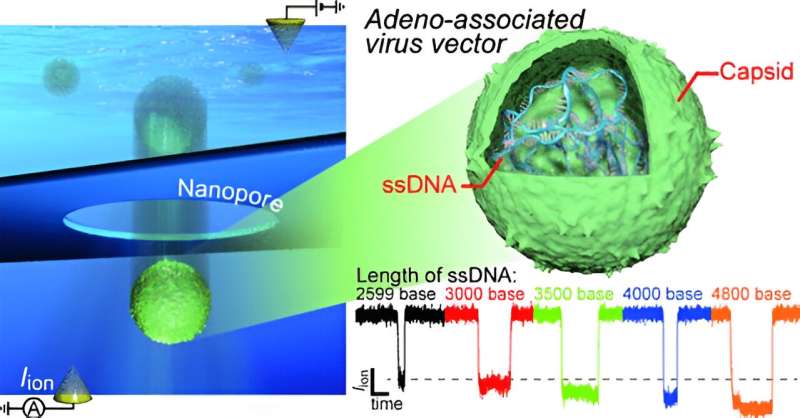
Novel nanosensing technique for quality control of viral vectors in gene therapy (08/08/2024)
Viral vectors hold much potential
for gene editing and gene therapy, but there is a pressing need to develop
quality control methods to minimize potential side effects on patients.
Addressing this, researchers from Japan developed a nanosensing-based approach
that can differentiate between functional and faulty viral vectors at the
single-particle level. This convenient and inexpensive technique will hopefully
get us one step closer to advancing treatments for genetic disorders.
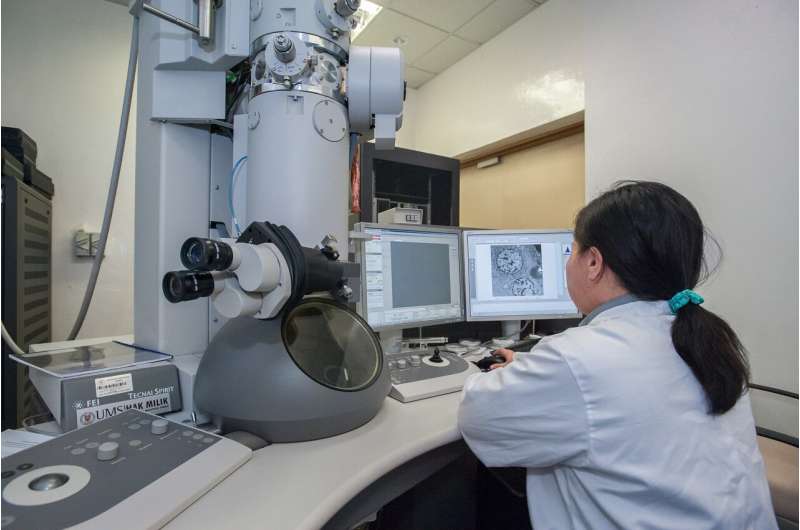
Microscopy breakthrough promises better imaging for sensitive materials (08/08/2024)
An international team of
scientists, led by Trinity College Dublin, has devised an innovative imaging
method using state-of-the-art microscopes that significantly reduces the time
and radiation required. Their work represents a significant breakthrough that
will benefit several disciplines, from materials science to medicine, as the
method promises to deliver improved imaging for sensitive materials such as
biological tissues that are especially vulnerable to damage.
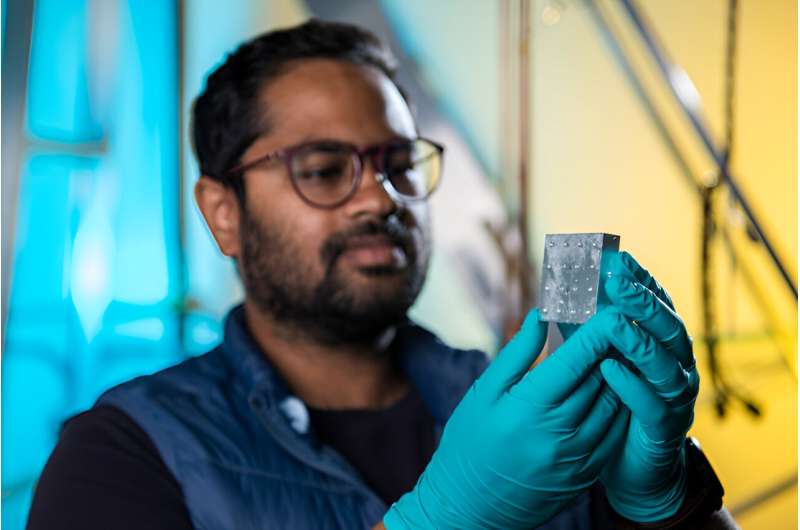
Experiment uses quantum techniques to stimulate photons, enhancing search for dark matter (08/08/2024)
Scientists cannot observe dark
matter directly, so to "see" it, they look for signals that it has
interacted with other matter by creating a visible photon. However, signals
from dark matter are incredibly weak. If scientists can make a particle
detector more receptive to these signals, they can increase the likelihood of
discovery and decrease the time to get there. One way to do this is to
stimulate the emission of photons.
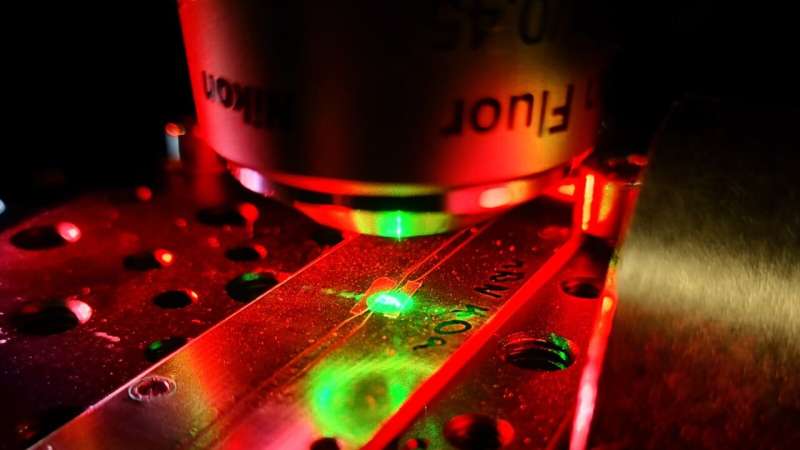
New 2D quantum sensor detects temperature anomalies and magnetic fields (08/08/2024)
Researchers at TMOS, the ARC
Center of Excellence for Transformative Meta-Optical Systems, and their
collaborators at RMIT University have developed a new 2D quantum sensing chip
using hexagonal boron nitride (hBN) that can simultaneously detect temperature
anomalies and magnetic field in any direction in a new, groundbreaking
thin-film format.
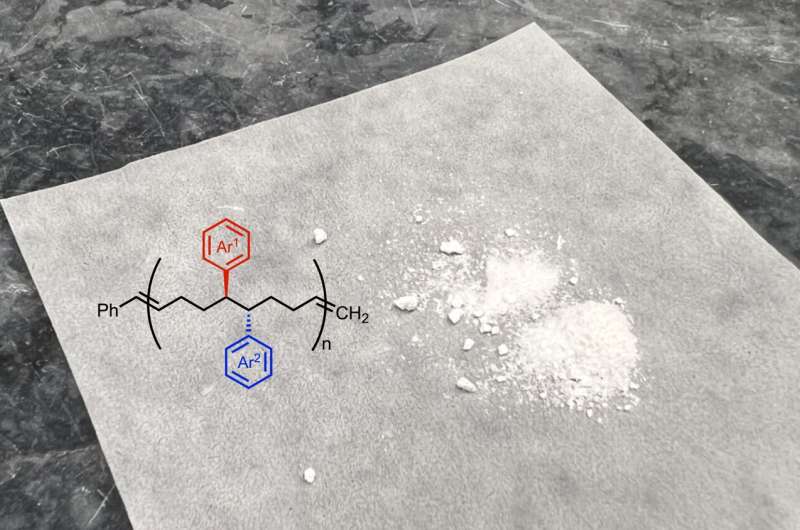
Chemists develop new sustainable reaction for creating unique molecular building blocks (08/08/2024)
Polymers can be thought of like
trains: Just as a train is composed of multiple cars, polymers are made up of
multiple monomers, and the couplings between the train cars are similar to the
chemical bonds that link monomers together. While polymers have myriad
applications—from drug delivery to construction materials—their structures and
functions are restricted by the chemically similar monomer building blocks
they're composed of.
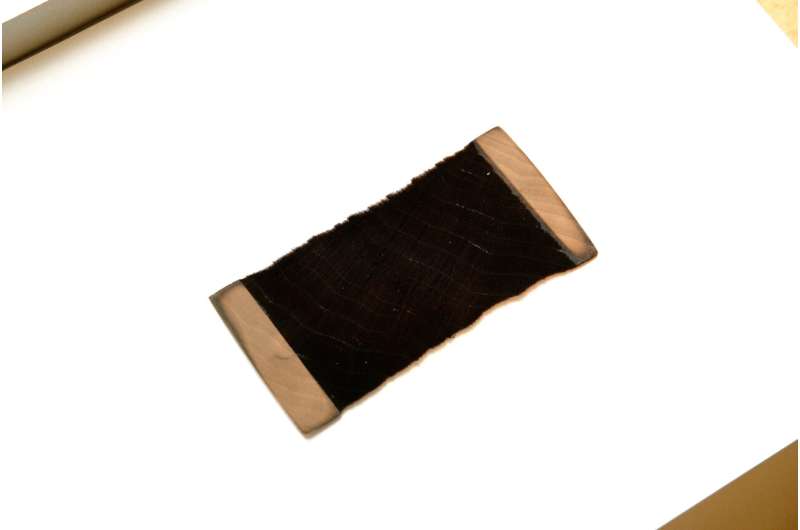
Newly created super-black wood can improve telescopes, optical devices and consumer goods (08/08/2024)
Thanks to an accidental
discovery, researchers at the University of British Columbia have created a new
super-black material that absorbs almost all light, opening potential
applications in fine jewelry, solar cells and precision optical devices.
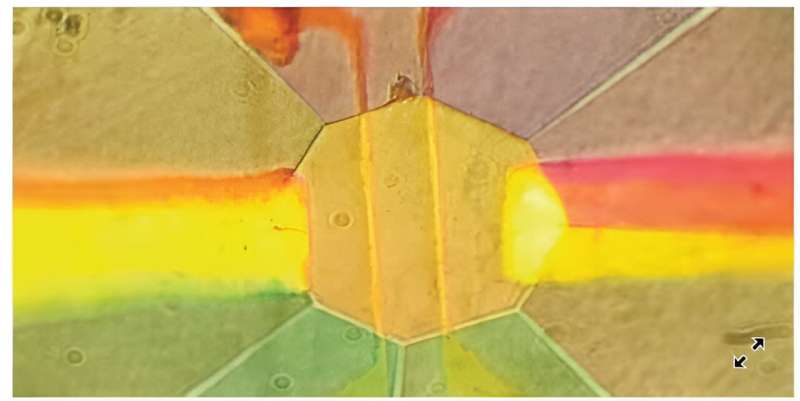
New technique measures superconductivity at very high pressures (02/08/2024)
In 1911, Heike Kamerlingh
Onnes discovered the first superconductor, metallic mercury when cooled to
a critical temperature of 4.2 Kelvin, where it conducts electricity without
resistance. Ever since materials scientists have been on a quest to better
understand the phenomenon and whether other elements and materials have higher
critical temperatures that could make them useful for practical electricity transport,
with the holy grail being ambient temperature.

Stacked up against the rest: 2D nano-semiconductors advancing quantum technology (01/08/2024)
Quantum technology is
quantifiable in qubits, which are the most basic unit of data in quantum
computers. The operation of qubits is affected by the quantum coherence time
required to maintain a quantum wave state.
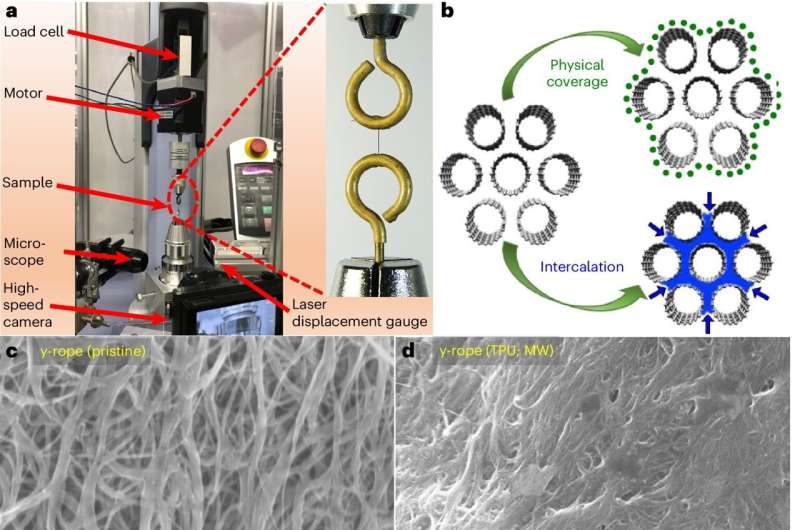
Twisted carbon nanotubes could achieve significantly better energy storage than advanced lithium-ion batteries (01/08/2024)
An international team of
scientists, including two researchers who now work in the Center for Advanced
Sensor Technology (CAST) at UMBC, has shown that twisted carbon nanotubes can
store three times more energy per unit mass than advanced lithium-ion
batteries. The finding may advance carbon nanotubes as a promising solution for
storing energy in devices that need to be lightweight, compact, and safe, such
as medical implants and sensors. The research was published recently
in the journal Nature Nanotechnology.

New, more sustainable method for manufacturing microchips and other nanoscale devices (01/08/2024)
Putting 50 billion transistors
into a microchip the size of a fingernail is a feat that requires manufacturing
methods of nanometer level precision—layering of thin films, then etching,
depositing, or using photolithography to create the patterns of semiconductor,
insulator, metal, and other materials that make up the tiny working devices
within the chip.









